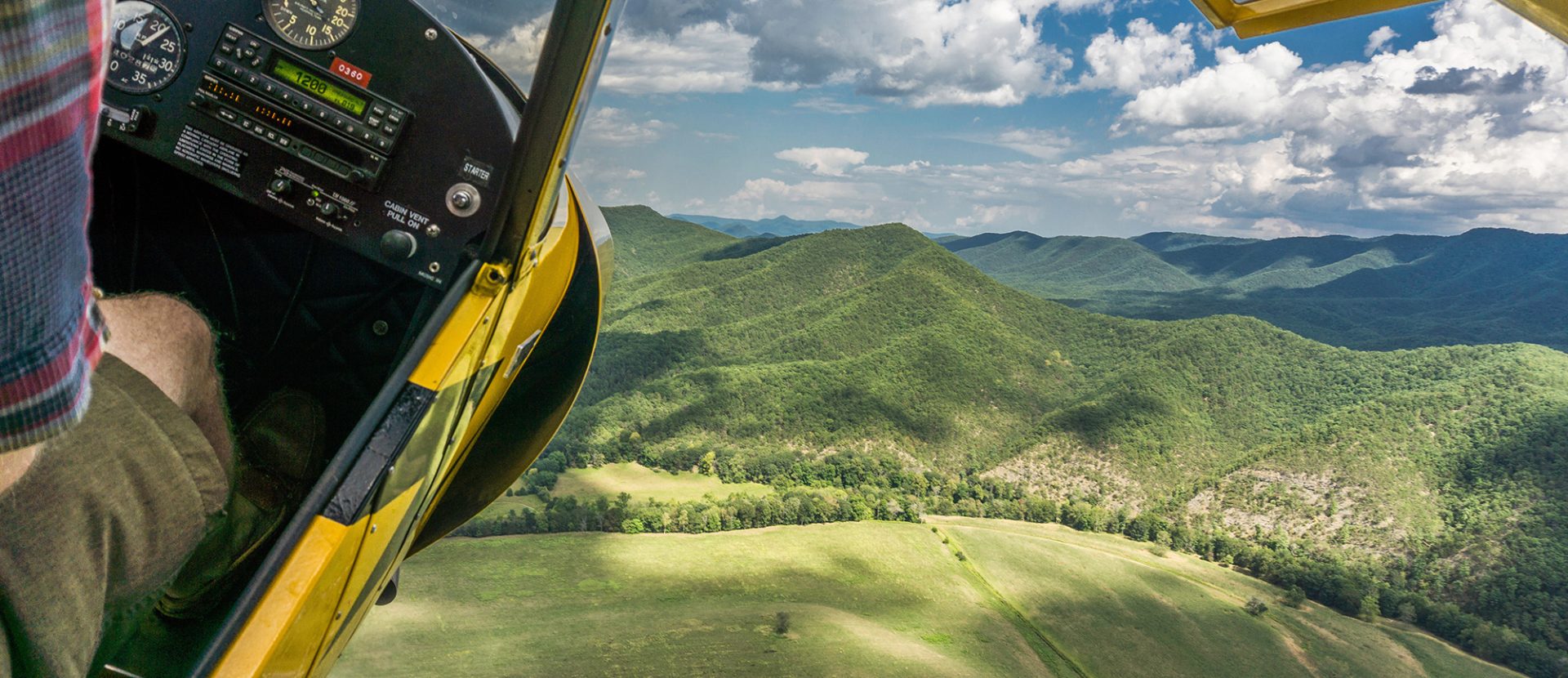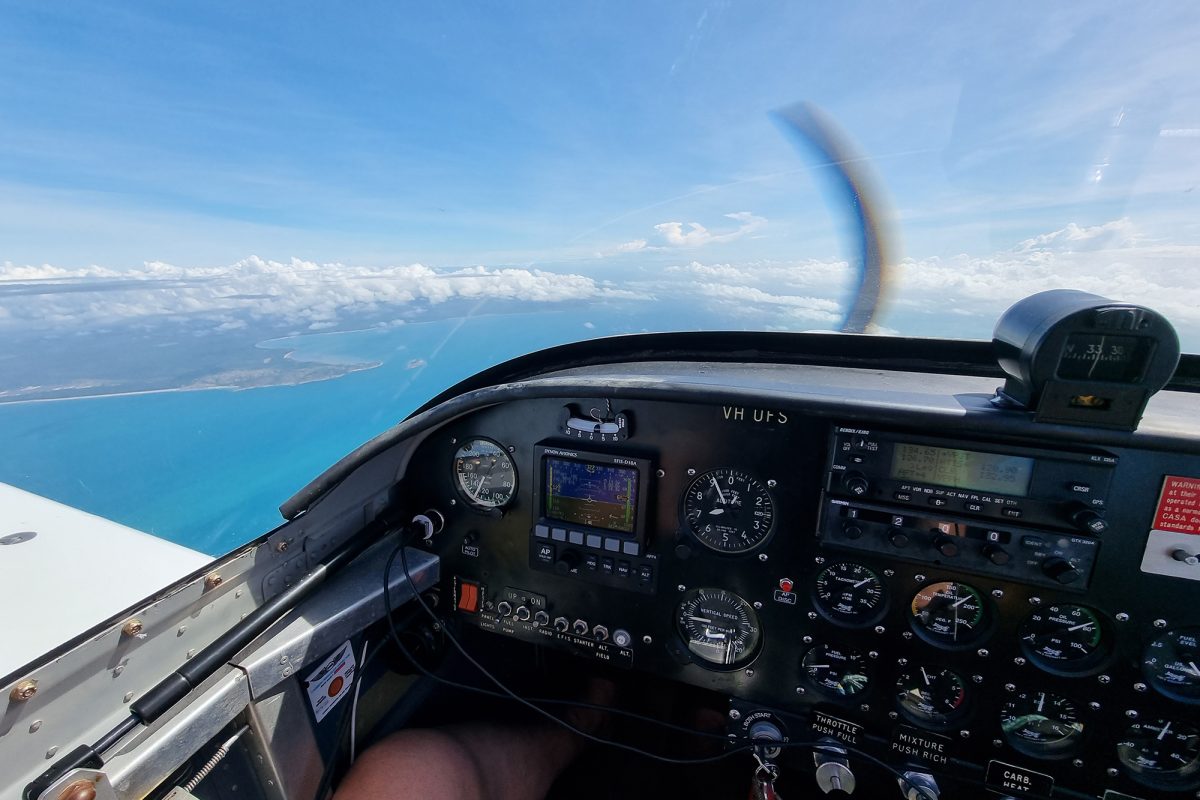Most pilots are familiar with the saying “Takeoffs are optional, landings are mandatory”, or perhaps “It’s better to be on the ground wishing you were in the air, than in the air wishing you were on the ground”. From a number of occurrences reported to RAAus over the course of the year, these sayings continue to be very relevant.
During 2022, RAAus has had a number of serious and fatal accidents which may have been avoided through improved decisionmaking both prior to and during flight. In particular, pilot compliance, currency, and weather are common contributing factors to incidents and accidents. These must be considered by pilots prior to each and every flight.
Before your next flight, ask yourself the following questions:
- Do I hold current RAAus membership?
- Does my aircraft hold current RAAus registration?
- Is my aircraft maintenance up to date, including ADs or SBs?
- Do I hold a current BFR?
- Are the weather conditions suitable for my entire flight, based on my personal minimums and experience, and is it forecast to deteriorate?
- When did I last fly? Am I proficient or should I consider flying with an instructor prior to returning to solo flight?
- Have I completed the IMSAFE checklist?
If any one of these questions raises potential concerns, or if you have to think twice, then that should be your first red flag indicating that it is not the right time to fly!
The past three years have presented unprecedented conditions for pilots. From significant lockdown restrictions preventing pilots from flying for extended periods of time, to what may now be an even greater threat; our third La Niña event in a row. The increased rainfall, poor surface conditions, and recurring poor flying conditions across the country as a result of La Niña, all pose a higher level of risk to pilots.
With weather conditions regularly impacting pilots, this creates additional pressure for pilots to consider operating in marginal conditions, particularly as more time passes since a pilot last flew. This may be exacerbated by a pilot often having minimal opportunities to fly due to other commitments, such as work or family pressures, leaving only weekends free to fly. Combine this with an increase in the number of aviation events returning, and it’s easy to fall into the trap of ‘go-flying-itis’ or ‘get-there-itis’. All these factors combine to make it easier to convince yourself that conditions are satisfactory when they are not, or pressing on into deteriorating weather.
For those who have consistently decided not to operate due to poor weather conditions, this now creates a secondary safety concern; currency. As pilots, we all know that we perform better when we fly regularly, however just as pilots should avoid the temptation to operate in submarginal weather conditions, we should also avoid the temptation to return to flight after an extended period of time without a check flight with a flight instructor. Lack of currency commonly results in poor decision-making, pilot overload, and a reduction in situational awareness with negative safety impacts.
Just when you thought things couldn’t get worse, combine these two factors; average weather conditions and a lack of currency, and we already have multiple holes in the Swiss cheese, creating conditions which may lead to disaster. Over the past 5 years both environmental factors (weather) and pilot experience (in terms of total experience, currency, and experience in aircraft type) have been identified as likely contributing factors in multiple fatal RAAus accidents.
Before your next flight ask yourself the question; am I, my aircraft, and local conditions really suitable for this flight? And remember, takeoffs are optional!
From the safety team at RAAus, stay safe this holiday season, and we wish for bluer skies throughout 2023!









